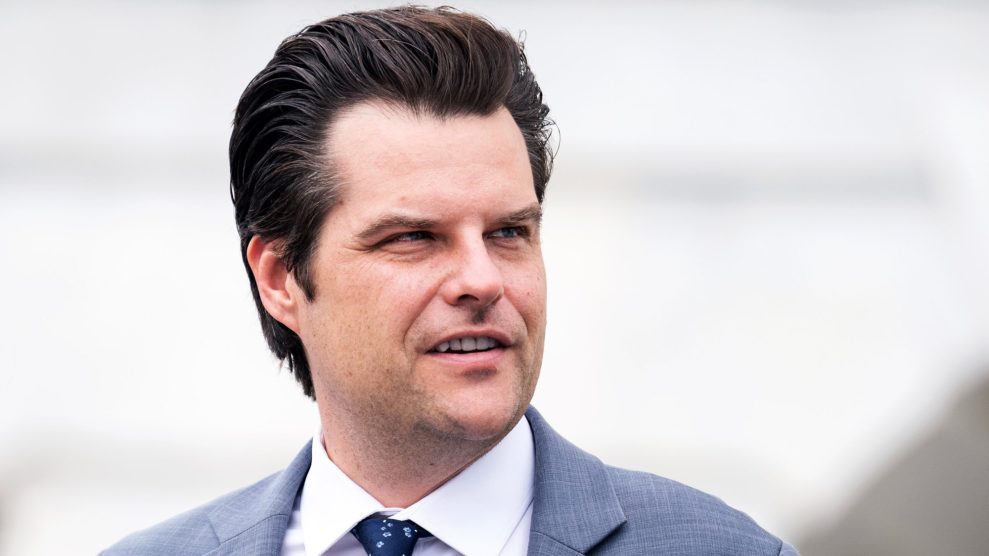“In the ’50s, choosing was easier,” says Mark Barden, a partner at San Francisco ad agency Black Rocket. “There were a few large brands per category and a few TV channels broadcasting simple, ‘washes whiter’ type claims.” Most beer advertising, for example, targeted a rational beer drinker, one who chose his beer based on how it tasted. Slogans such as Miller High Life’s “The Champagne of Beers” reflected this approach.
These days, the drinking game is more complicated. In response to the microbrew trend, Miller created the American Specialty & Craft Beer Co., but more recently, it has gone in the opposite direction: In 1997, it launched a campaign for Miller Genuine Draft that boldly asserts, “It’s Time for a Good Old Macrobrew.”
The ads even mock the claims of traditional “taste” ads: “It’s time for better beer breath,” reads one. Such nudge-nudge, wink-wink rapport can only happen when advertisers stop trying to woo consumers with rational claims. In the new science of marketing, says Barden, the goal is “not simple cause and effect.” Instead, he says, advertisers establish an emotional connection, encouraging consumers “to actively consume the message and create their own interpretation.” And as long as the interpretation ends with “and I think I’ll buy this,” companies can’t complain. Sales of Miller Genuine Draft have gone up more than 2 percent since the macrobrew campaign. As Miller might say: Here’s to you.
















